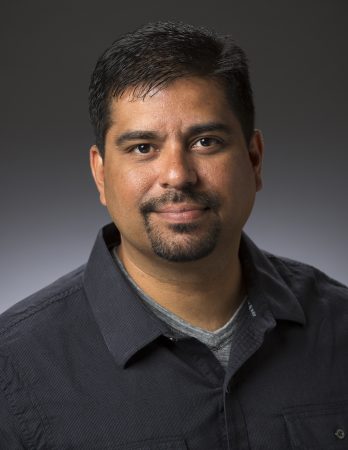
Whether you call it the “Gray Wave” or the “Silver Tsunami,” the large aging workforce presents an unprecedented risk to businesses in the Information Age.
In the past, when operations were simpler, workers retiring didn’t present as much of a threat. Organizations would simply find someone else to do the work and carry on as usual.
That is not the case today. Now when long-time employees walk out the door for the last time, they don’t just take a gold watch with them. Many also take decades of unstructured institutional knowledge that resides solely inside their brains.
Fortunately, by applying a strategic approach to process and data management called enterprise information management (EIM), organizations can capture that institutional knowledge and create a foundation for deploying scalable solutions such as business intelligence and work automation that will help them gain a competitive advantage.
Launching an EIM initiative
The first step in using EIM to extract and share the organization’s hard-earned knowledge is clearly defining the objectives, associated processes and information required to complete work. This form of process mapping shows employees where to look for answers and what to look for when they get there.
The next step is recognizing that data is an inherently valuable asset that requires a business owner as well as maintenance and stewardship. Since it forms a common language for capturing and communicating knowledge, the data stewards must standardize it so it can be easily understood by all who need it.
Finally, the organization must perform detailed data mapping and lineage tracing to determine which information is needed to perform different work processes, where that information resides, and the number of steps required to obtain it. This process ensures employees can access the most accurate data needed to perform the job correctly and efficiently.
The long view
Transforming into an EIM-driven organization is a journey, not a jaunt. It demands trusted data and accurate information, which many organizations don’t have initially.
At first it can seem overwhelming due to the belief it will cost too much, take too long or place too many additional responsibilities on staff members whose plates are already full.
The best approach, however, is to break it down into smaller chunks, then decide which ones are needed to launch key initiatives. For example, if operators are asked how they determine the health of a pump and their answers vary significantly, it is a sure sign of poor knowledge management as well as being an operational risk.
Documenting the efficiency of the process used to measure the health of an asset will identify whether any issues exist in processing the data. If so, defining and visualizing process and success metrics will make a good starting point.
Best practices for EIM success
While there is no single path to EIM success, following are some best practices that will help achieve the benefits sooner:
- Get the right resources on-board, including stakeholders and an executive sponsor who supports structing information around work and operating priorities.
- Understand how things are now before you try to determine where to go and how to get there.
- Map the road ahead before you set out on your EIM journey so you can keep everyone moving in the same direction.
- Know what success looks like so you can keep work deliverables and schedules manageable without sacrificing quality.
- Be rigorous in your EIM deployments to avoid veering from the design which can lead to costly delays and re-work.
- Develop and produce reports and measures that show where improvements have been made and successes achieved while also allowing for feedback/contextual knowledge.
Automate where possible
Rather than simply transferring the current state from one employee’s head to a knowledge base, part of the EIM initiative should be looking for processes that can be automated or where innovations can be made. “That’s the way we’ve always done it” should never be a justification for not evaluating everything you do on a regular basis.
The reality is employees will always leave. But if their institutional knowledge is captured and applied properly, the risks can be minimized while creating vast opportunities for continuous improvement.

Rick Cruz
About the author: Rick Cruz is managing director, Global Solutions at CTG. During his over two decades as an oil and gas industry and software solution expert, Cruz has spearheaded design and delivery for a broad range of projects to help energy companies increase innovation and market position through technology-based strategic platforms.
Print this page